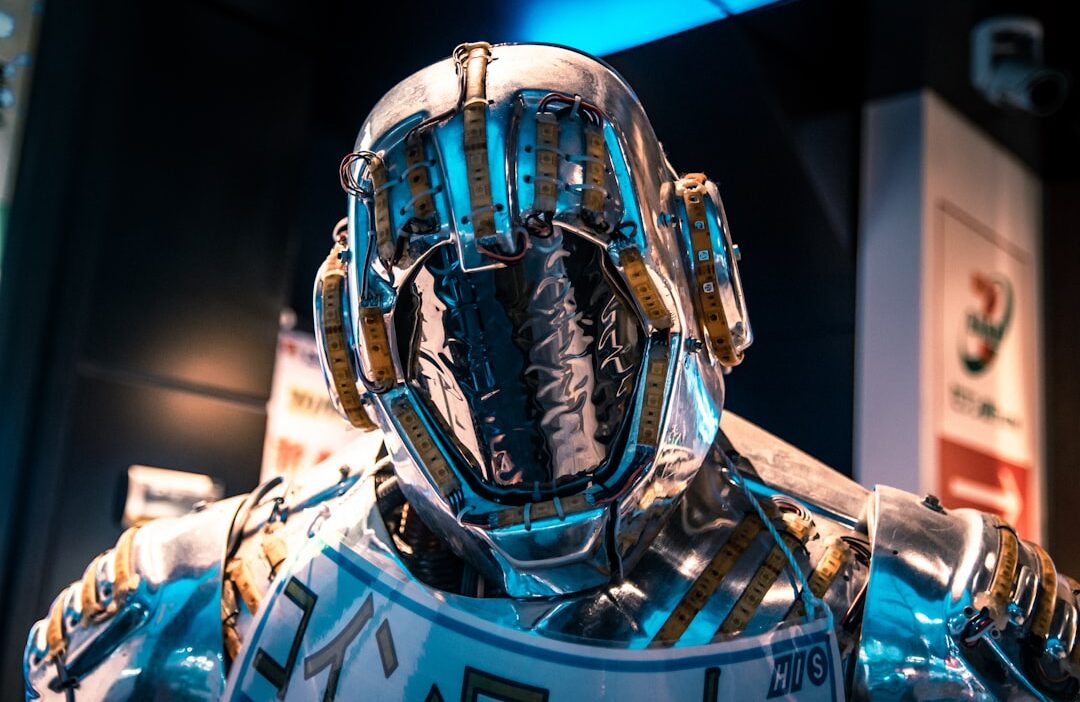## Beyond the Hype: What’s Next for GenAI and GPUs?
Generative AI has exploded onto the scene, transforming everything from art and music to how we write emails. Powering this revolution are Graphics Processing Units, or GPUs, the hardware workhorses crunching the immense datasets needed for AI to learn. But what’s next for this dynamic duo? The current buzz might make you think the future is already here, but experts suggest we’re just scratching the surface. Understanding the next wave of catalysts can provide valuable insights, especially for young people interested in the future of tech and finance.
One key driver will be the continued evolution of GPU technology itself. While current GPUs are powerful, they face limitations in terms of memory capacity and power consumption. Companies like Nvidia and AMD are racing to develop next-generation chips specifically designed for AI workloads. These improvements will unlock even more complex models and faster training times, enabling AI to tackle more sophisticated challenges, from drug discovery to climate modeling. This translates into exciting investment opportunities as companies specializing in GPU development and related technologies are poised for significant growth.
Beyond hardware, advancements in AI algorithms are equally crucial. Current GenAI models, while impressive, can be prone to errors, biases, and high computational costs. Researchers are actively exploring new architectures and training methods that address these issues. For instance, techniques like reinforcement learning and federated learning offer the potential for more efficient, personalized, and robust AI systems. Keeping an eye on these developments can help you identify emerging trends and potentially lucrative investment areas in the AI software landscape.
Finally, the expansion of GenAI applications across various industries will be a major catalyst. While early adopters have primarily focused on creative content generation, we’re now seeing a surge of interest in sectors like healthcare, finance, and manufacturing. Imagine AI-powered financial advisors offering personalized investment strategies, or doctors utilizing GenAI for faster and more accurate diagnoses. These applications not only represent potential societal benefits but also create immense economic opportunities for young entrepreneurs and investors who can identify and capitalize on the emerging needs of these industries.
In conclusion, the GenAI and GPU revolution is far from over. The convergence of ongoing hardware advancements, algorithm innovation, and expanding real-world applications will drive the next wave of growth. By understanding these catalysts and keeping a finger on the pulse of the industry, young people interested in finance and technology can position themselves to navigate this exciting landscape and potentially reap significant rewards.



